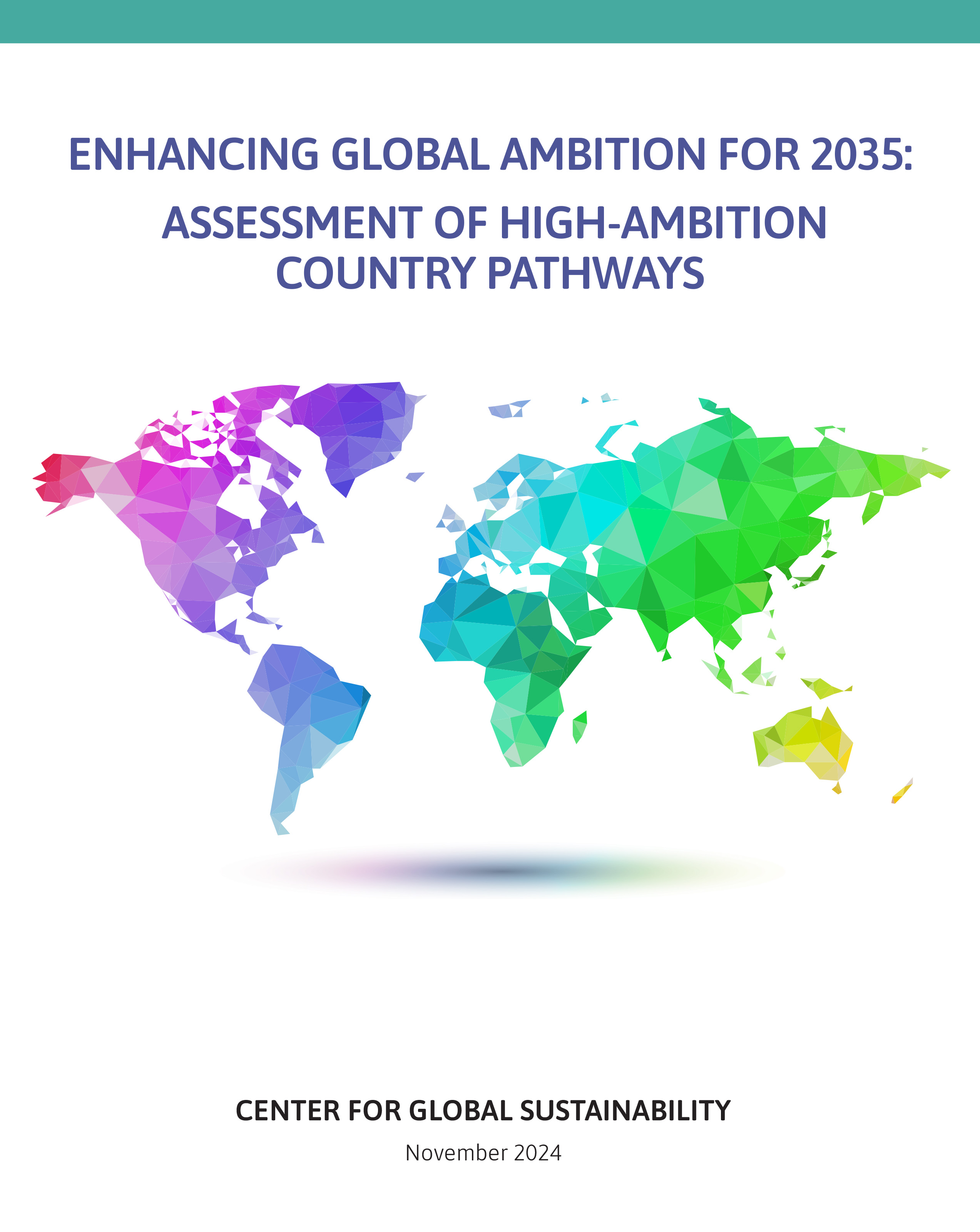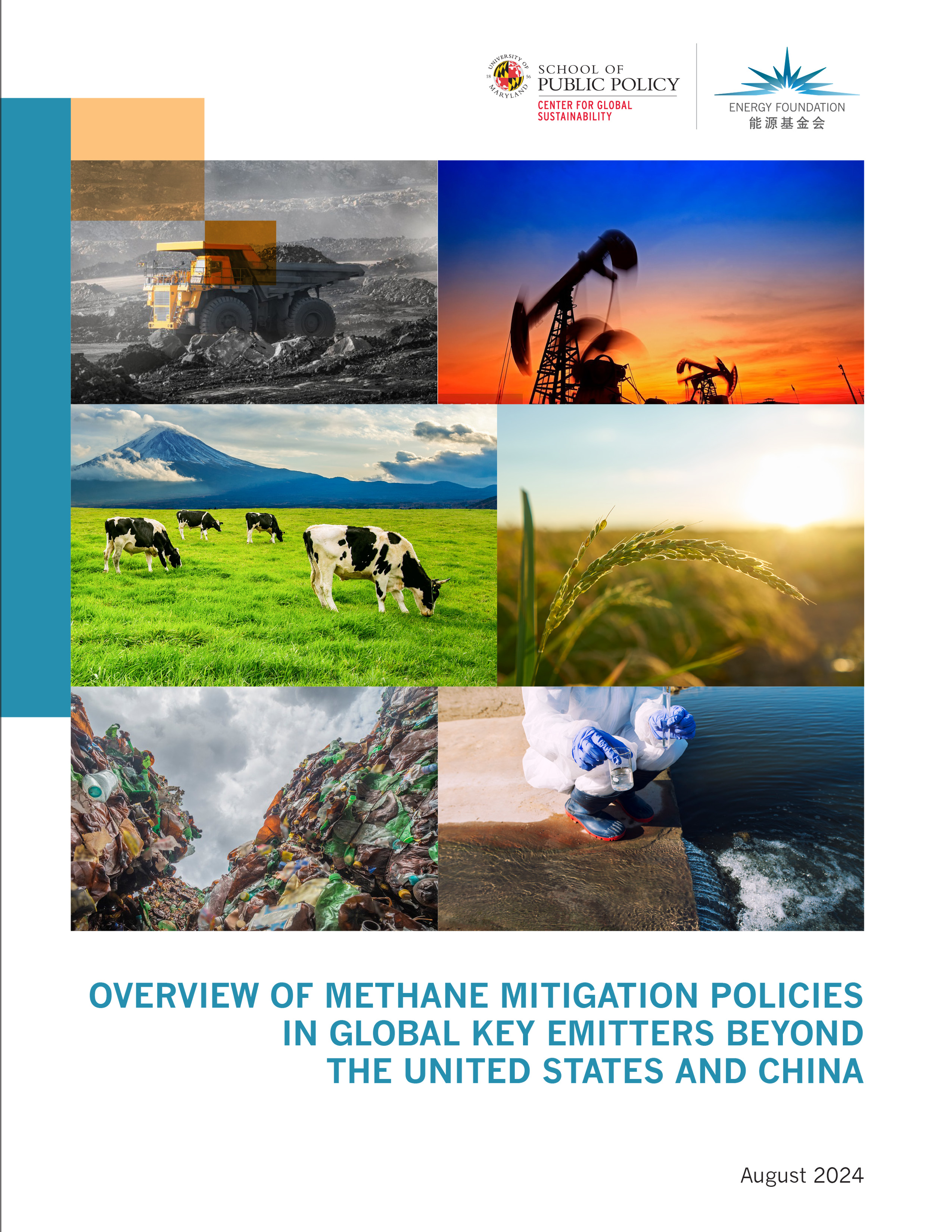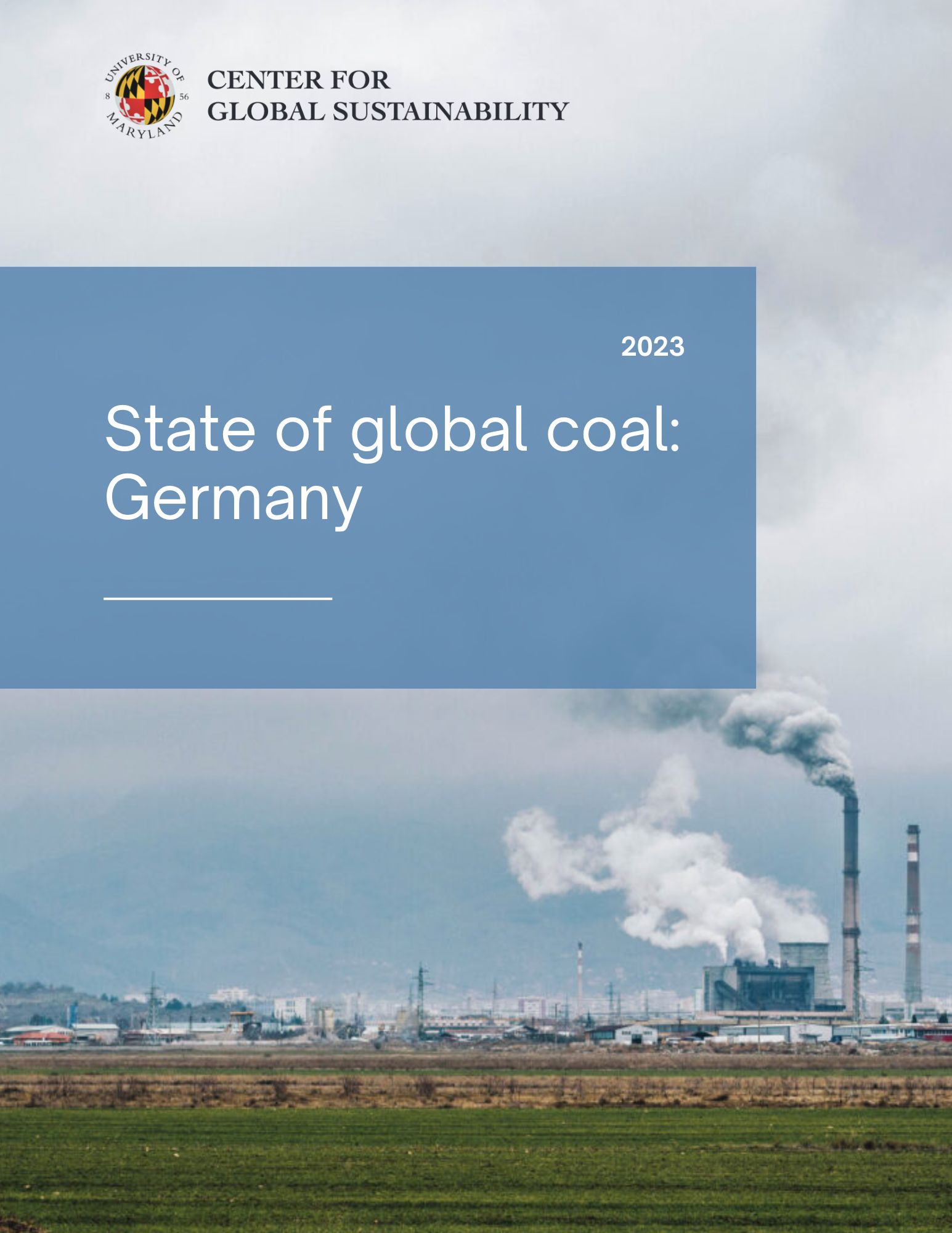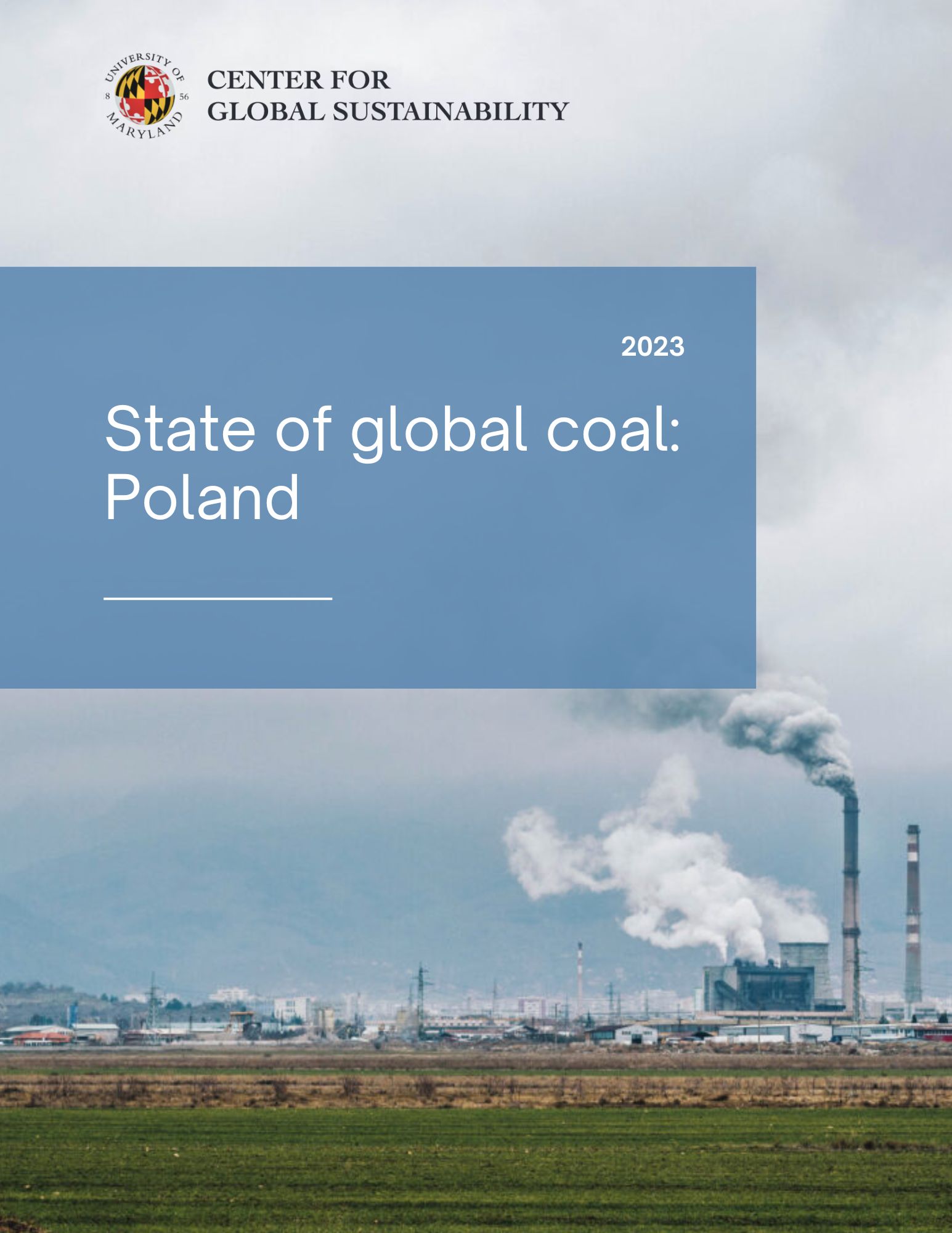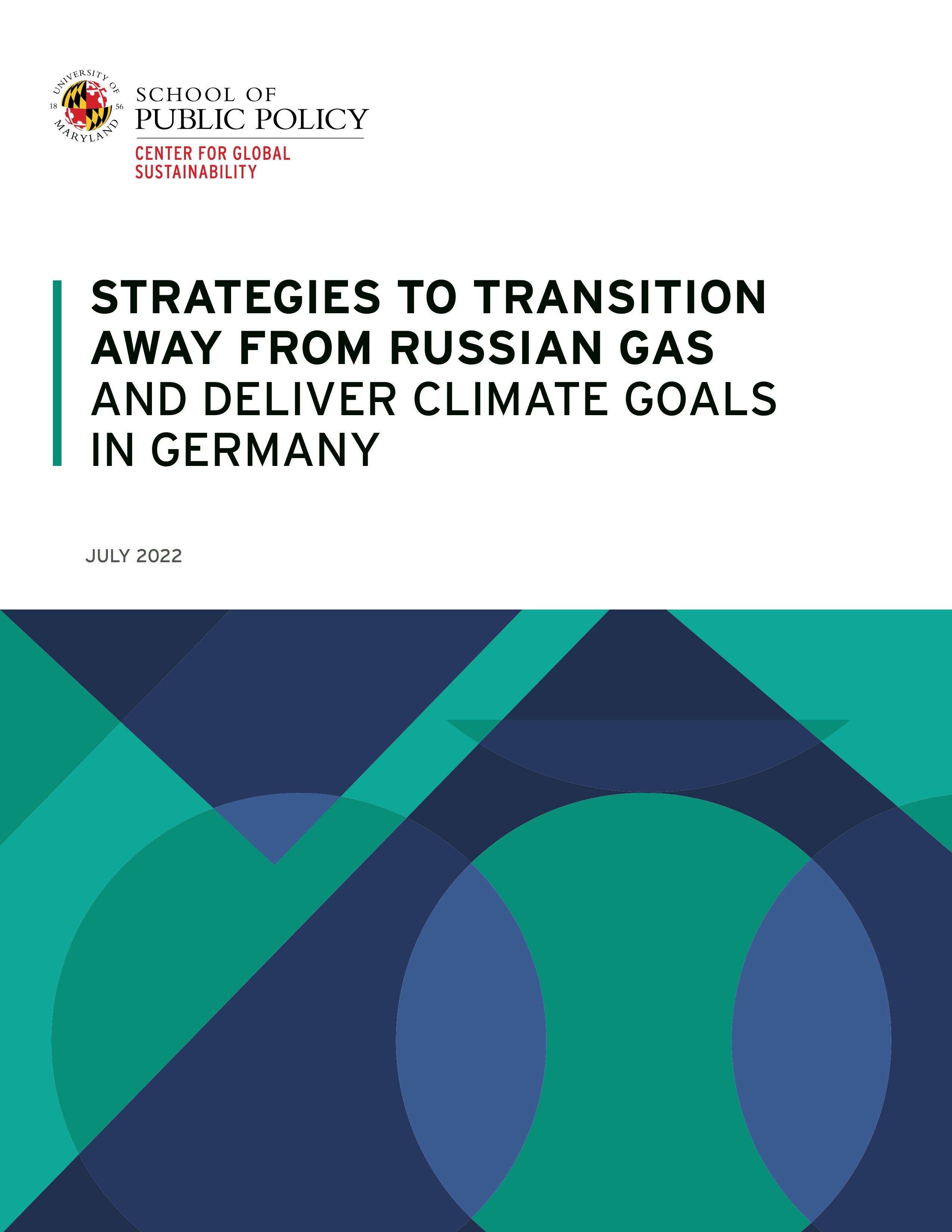Our High Ambition 2035 pathway for the European Union (EU) shows a 71-75% reduction in greenhouse gas (GHG) emissions from 1990 levels (including Land Use, Land Use Change and Forestry (LULUCF)). As of September 1, 2025, the EU has not announced its 2035 Nationally Determined Contribution (NDC) target. Its 2030 NDC target commits to a 55% reduction from 1990 levels and net-zero emissions by 2050.1 The EU's GHG emissions (including LULUCF) have already decreased by 37% from 1990 to 2023.2 Meeting its 2030 target requires increasing the average annual emissions reduction rate from around 3.5% over the past five years to 5% through 2030. The EU Commission has also proposed an intermediate target toward the 2050 net-zero goal, aiming for a 90% reduction in GHG emissions from 1990 levels by 2040.3
Major emission sources in 2022 include the transportation CO2 (25%), power CO2 (16%), and industry CO2 (15%) sectors, making their decarbonization critical.4 To achieve the High Ambition 2035 target, key strategies include fostering energy security by reducing fossil fuel demand and imports, and accelerating renewable energy deployment. Under the High Ambition pathway, solar and wind electricity generation will more than double by 2035 from 2024 levels, bolstered by reliable supply chains, efficient administrative processes, and grid improvements.
2035 Target: Total GHG Emissions Reductions
via CGS High Ambition Pathways
-71 to -75%
Relative to NDC Base Year
1990
Official 2035 NDC target
Not announced
Official 2030 NDC target
-55%
Net zero target
2050
A High Ambition 2035 target for the EU requires a 71-75% reduction from 1990 levels (including LULUCF) (Figure 1). By downscaling the original GCAM outputs (and adjusting total emissions and fossil fuel consistently to better align with the EU’s situation), a High Ambition transition for the EU shows GHG emissions (including LULUCF) declining strongly until 2030, and maintaining a rapid rate of decarbonization until 2040, before reduction rates slow toward reaching net-zero by 2050. This pathway achieves a 55-59% reduction by 2030 and 71-75% by 2035 from 1990 levels.
The EU’s GHG emissions (including LULUCF) peaked in 1990 and decreased by 37% by 2023.2 This reduction has been driven primarily by declines in the power CO2 (-40%) and industry CO2 (-49%) sectors, while CO2 emissions from transportation and waste have increased by 21% and 51%, respectively, over the same period.4 While early reductions across sectors were largely driven by the partial collapse and modernization of Eastern European industries, more recent declines have been driven by increasingly effective climate policies, such as the development of the emissions trading system (EU ETS), reduced fossil fuel import dependency, and the accelerated deployment of clean energy and efficiency measures driven by the impact of Russia’s invasion of Ukraine.
The 2030 NDC target of a 55% reduction from 1990 levels implies a 28% emissions reduction between 2023 and 2030, including LULUCF, with an average annual reduction rate of 5%. Achieving this target will require a significant acceleration, as the average annual emissions reduction rate has been 2% over the past decade and 3.5% over the past 5 years.
Non-fossil fuels have dominated electricity generation in the EU since 2010, largely driven by the expansion of solar and wind. In 2024, non-fossil fuels accounted for 71% of total generation, including 24% from nuclear, 18% from wind, 13% from hydro, and 11% from solar (Figure 2).
Under the High Ambition scenario, the EU’s electricity generation mix is nearly completely non-fossil (96%) by 2035, with accelerated solar and wind buildout, and phased-down fossil fuel generation. Given Europe’s relatively low solar capacity factors (11%-12%) and especially limited winter insolation, achieving this pathway will require prioritizing the rapid deployment of both solar and wind. Specifically, power sector transitions under the High Ambition pathway include:
- Increasing the share of solar and wind from 29% in 2024 to 50% by 2030 and 60% by 2035, with an average buildout of 95 GW/year from 2025 to 2030 and 98 GW/year from 2030 to 2035, up from 70 GW in 2024.
- Phasing out coal generation by 2035.
- Reducing the share of gas generation to 3% by 2035, corresponding to a reduction of 73% from 2024 absolute levels.
The EU has been reliant on fossil fuel imports since 2000, but its role is declining as renewables expand. Under our High Ambition pathway for the EU, domestic coal demand declines by 65% by 2030 and 83% by 2035 from the 2024 level, while gas demand falls by 37% and 64%, and oil demand decreases by 32% and 56%, respectively (Figure 3).
Citations
European Union. The European Green Deal: A growth strategy that protects the climate.
https://ec.europa.eu/stories/european-green-deal (2021).
Gütschow, J., Pflüger, M. & Busch, D. The PRIMAP-hist national historical emissions time series (1750-2023) v2.6.1. Zenodo
https://doi.org/10.5281/zenodo.15016289 (2025).
European Commission. EU’s Climate Law presents a new way to get to 2040. Press Release
https://ec.europa.eu/commission/presscorner/api/files/document/print/en/ip_25_1687/IP_25_1687_EN.pdf (2025).
Hoesly, R. et al. CEDS v_2025_03_18 Gridded Data 0.5 degree. Zenodo (2025).
Ember. Electricity Data Explorer - Open Source Global Electricity Data. Ember (2025).
NGFS. NGFS Climate Scenarios for Central Banks and Supervisors - Phase V. The Central Banks and Supervisors Network for Greening the Financial System (NGFS) (2024).
KPMG & Kearney. Statistical Review of World Energy, 73rd Edition. Energy Insitute
https://www.energyinst.org/statistical-review/resources-and-data-downloads (2024).
Our Work


